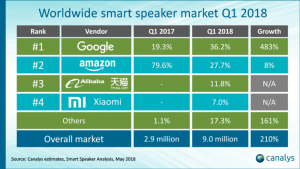Companies are evolving away from interruptive marketing to storytelling that is not perceived by viewers as ads
Sadly, disinformation and misinformation are the negative dividends of the digital world. Politics is replete with “fake news,” “alternative facts,” and conspiracy theories, leading some to ponder the hazards of living in a “post-truth” environment.
Those same hazards bleed into the commercial world as well. “Fake storytelling that creates disinformation on purpose has also affected products and services,” said Shlomi Ron, CEO of the Visual Storytelling Institute. As examples, Ron cited hoaxes about Coca-Cola recalling Dasani bottled water because it had been infested by ‘clear parasites’ (false), and the story that the Xbox console killed a teenager (not so).
“The current argument of social networks is that ‘it’s not us, that’s what people want,’ doesn’t fly.” Ron said. “They do control the content through algorithms that amplify the same content to drive dwell time,” which in turn drives ad dollars, he said.
New models will replace social media
Storytelling through blockchain
“It’s still early days for this emerging category, and like any other gold rush bubbles, driven by demand and supply forces, it will stabilize once regulations catch up,” he said.
Pardon the interruption
In the end, visual storytelling — and its subsets — must cut through the clutter to reach the customer.
“The audience is jaded by traditional ad methods,” Ron said. Much of advertising is based on interruption, like the pop-up ad or the TV commercial. Now one-third of the cable TV audience will probably disappear by 2024 as they cut the cable to go online. “I look at visual storytelling as the next evolution from interruptive marketing,” Ron said. Brands are starting to craft their own documentaries and short films that tell stories to reach viewers. “Their guard comes down,” he said. “They don’t perceive it as an ad.”
This could be the 30-second Panera driver shorts mentioned in the first part of this story. Or it could be longer pieces of content like those created by Charles Schwab, Patagonia, or Johnson & Johnson, Ron noted. When people don’t feel they’re being sold to, there’s an opportunity to establish affinity, empathy and trust.
“That’s where visual storytelling is shining,” said Ron. “I strongly believe a good story with relatable characters, high stakes, a roller-coaster emotional arc, and an inspiring moral always wins,” Ron said.
This story first appeared on MarTech Today.
(50)









